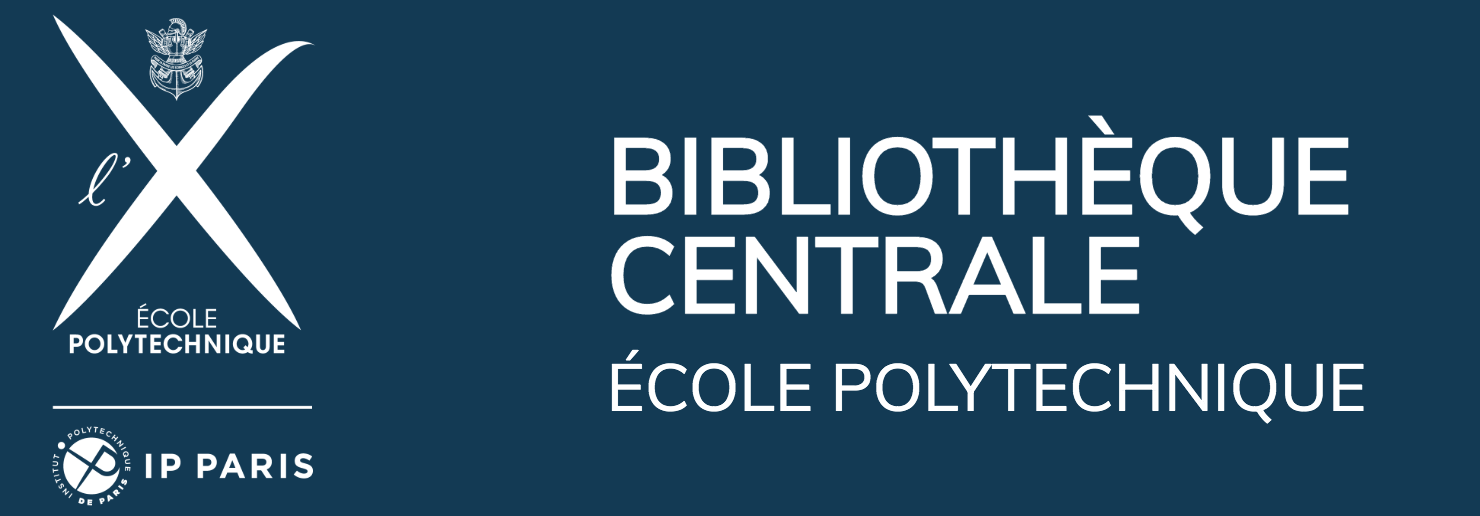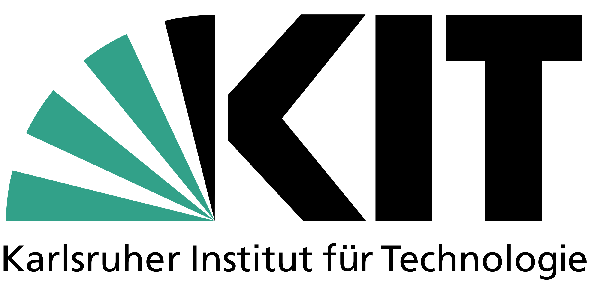Digital Processes for the Redevelopment of Social Housing in Plattenbau
DOI:
https://doi.org/10.19229/2464-9309/5112019Keywords:
Plattenbau, social housing, prefabrication, process innovation, digitalizationAbstract
As part of a framework agreement between the DiARC of the ‘Federico II’ University of Naples and the Fakultät Bauwesen of the HTWK Leipzig, which led to a collaboration with the LWB – the public housing manager of the city of Leipzig which for years has implemented a policy of redevelopment and management of the Plattenbauten housing heritage carried out after the war – an experimental research is underway for developing process innovations related to documentation, redevelopment and management of social housing. The goal is to propose, through digital and computational technologies, smart design solutions that make this heritage responsive to increasingly changing and indeterminate contexts and encourage new interactions between stakeholders involved in the different stages of the process.
Downloads
Article Metrics Graph
References
Adorno, T. W. (1951), Minima Moralia – Meditazioni sulla vita offesa, Einaudi, Torino.
Bew, M. (2017), View UK Government – Building A New World. NBS Breakfast Seminar. [Online] Available at: www.slideshare.net/thenbs/uk-government-building-a-new-world-nbs-breakfast-seminar-january-2017 [Accessed 27 January 2017].
Bianchi, R. (1986), Le tecniche esecutive nell’edilizia residenziale degli anni ’80 – Dal tradizionale evoluto al cosiddetto industrializzato, Franco Angeli, Milano.
Campioli, A. (2017), Enzo Frateili e l’industrializzazione dell’edilizia. [Online] Available at: www.aisdesign.org/aisd/enzo-frateili-lindustrializzazione-delledilizia [Accessed November 2017].
Ciribini, G. (1984), Tecnologia e progetto – Argomenti di Cultura Tecnologica della Progettazione, Celid, Torino.
Guazzo, G. (2004), “Progettare la mutevole immensità della vita”, in Perriccioli, M. (ed.), Incontri dell’Annunziata – Giornate di studio sull’innovazione tecnologica – IV edizione – Atti di Convegno – Facoltà di Architettura di Ascoli Piceno, 3-4 luglio 2002, Edizioni Simple, Macerata, pp. 7-10.
Kieran, S. and Timberlake, J. (2014), Refabricating Architecture – How Manufacturing Methodologies are Poised to Transform Building Construction, McGraw-Hill Education, New York.
Miorin, T. (2017), Sull’edilizia circolare. [Online] Available at: www.green.it/edilizia-circolare [Accessed 24 January 2017].
Perriccioli, M. and Ruggiero, R. (2012), “La rigenerazione tecnologica e ambientale dell’edilizia residenziale industrializzata – Il caso del quartiere Selva Cafaro a Napoli”, in Techne | Social Housing, vol. 4, pp. 207-218.
Rossi, M. (2018), “OPEN BIM approach: ricerche teoriche ed applicate per la sperimentazione transdisciplinare di procedure e metodi di lavoro innovative”, in Russo Ermolli, S. (ed.), The Changing Architect – Innovazione tecnologica e modellazione informativa per l’efficienza dei processi, Maggioli Editore, Rimini, pp. 139-146.
Richarz, C. and Schulz, C. (2011), Energetische Sanierung – Grundlagen, Details, Beispiele, Detail Green Books, München.
Zeleny, M. (2007), “La gestione a tecnologia superiore e la gestione della tecnologia superiore”, in Bocchi, G. and Ceruti, M. (eds), La sfida della complessità, Feltrinelli, Milano, pp. 377-400.

Downloads
Published
How to Cite
Issue
Section
License
This Journal is published under Creative Commons Attribution Licence 4.0 (CC-BY).
License scheme | Legal code
This License allows anyone to:
Share: copy and redistribute the material in any medium or format.
Adapt: remix, transform, and build upon the material for any purpose, even commercially.
Under the following terms
Attribution: Users must give appropriate credit, provide a link to the license, and indicate if changes were made; users may do so in any reasonable manner, but not in any way that suggests the licensor endorses them or their use.
No additional restrictions: Users may not apply legal terms or technological measures that legally restrict others from doing anything the license permits.
Notices
Users do not have to comply with the license for elements of the material in the public domain or where your use is permitted by an applicable exception or limitation.
No warranties are given. The license may not give users all of the permissions necessary for their intended use. For example, other rights such as publicity, privacy, or moral rights may limit how you use the material.


















































































